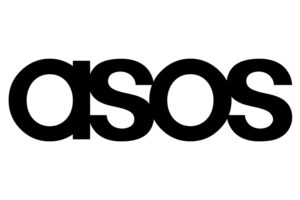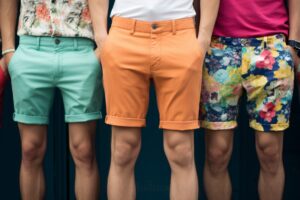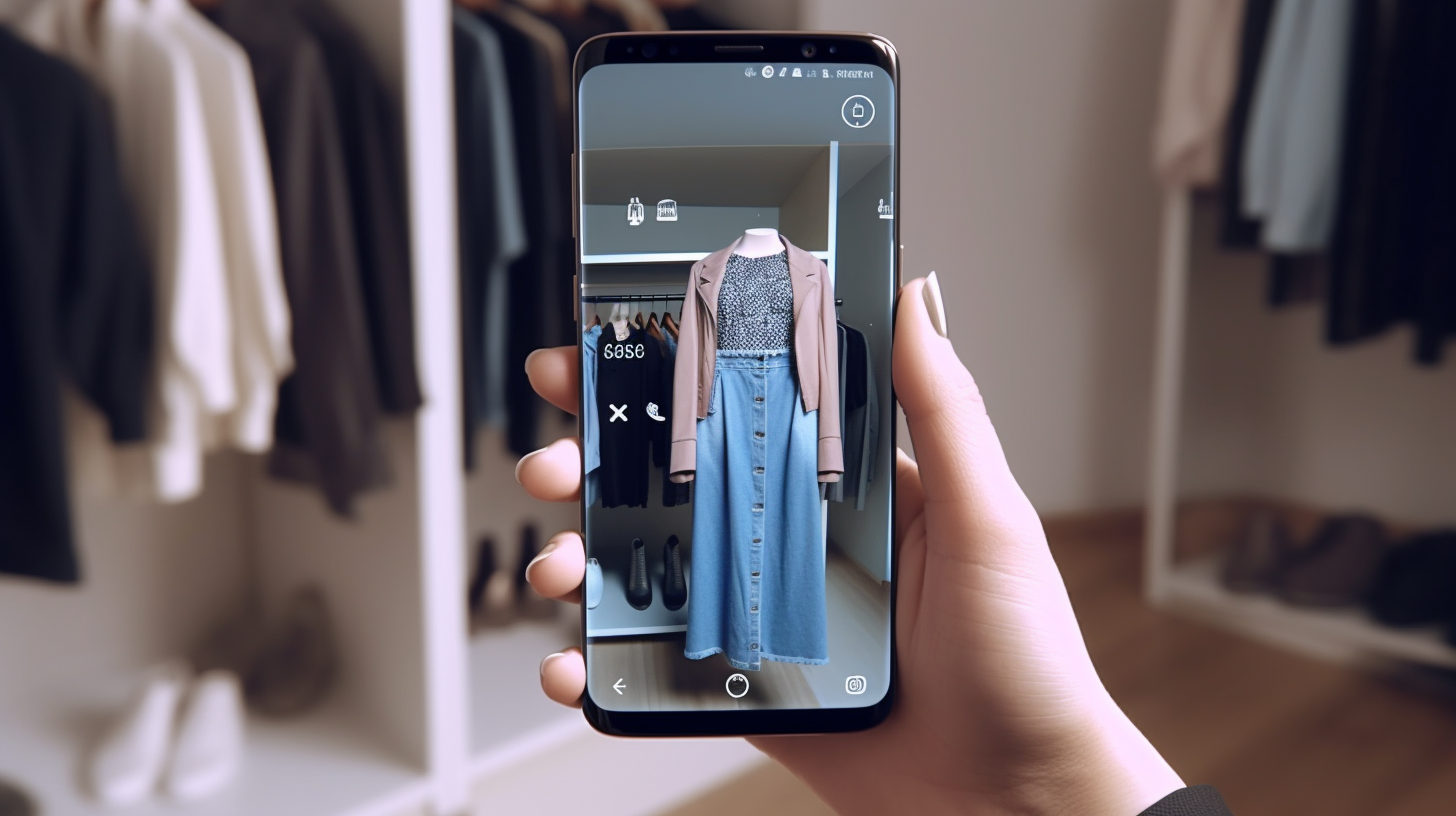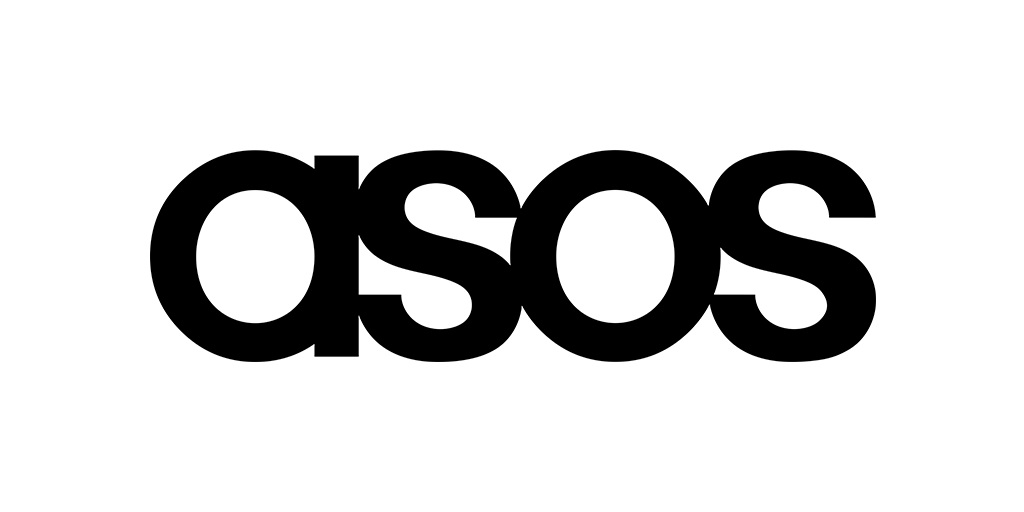The fashion industry has long been associated with glamour, creativity, and self-expression. However, behind the scenes, it has a significant environmental impact that often goes unnoticed. Fast fashion, characterized by inexpensive and rapidly produced clothing, has led to a culture of disposable fashion, resulting in tremendous waste and pollution. Fortunately, emerging technologies like virtual clothes offer a promising solution to this pressing issue.
The Environmental Impact of the Fashion Industry
The fashion industry’s environmental impact cannot be ignored. Fast fashion, fueled by low prices and rapid turnover, has led to increased clothing consumption and shortened product lifecycles. This model contributes to resource depletion, high energy consumption, and excessive waste generation. The overproduction and disposal of clothing items have a significant toll on the planet, exacerbating issues such as climate change and water pollution.
The Concept of Virtual Clothes
Virtual clothes represent a digital manifestation of fashion items that can be worn and showcased virtually. Unlike physical garments, virtual fashions exist solely in the digital realm, allowing users to experience and interact with them without the need for physical production. Virtual clothing items are created using advanced 3D modeling techniques and can be customized to suit individual preferences.
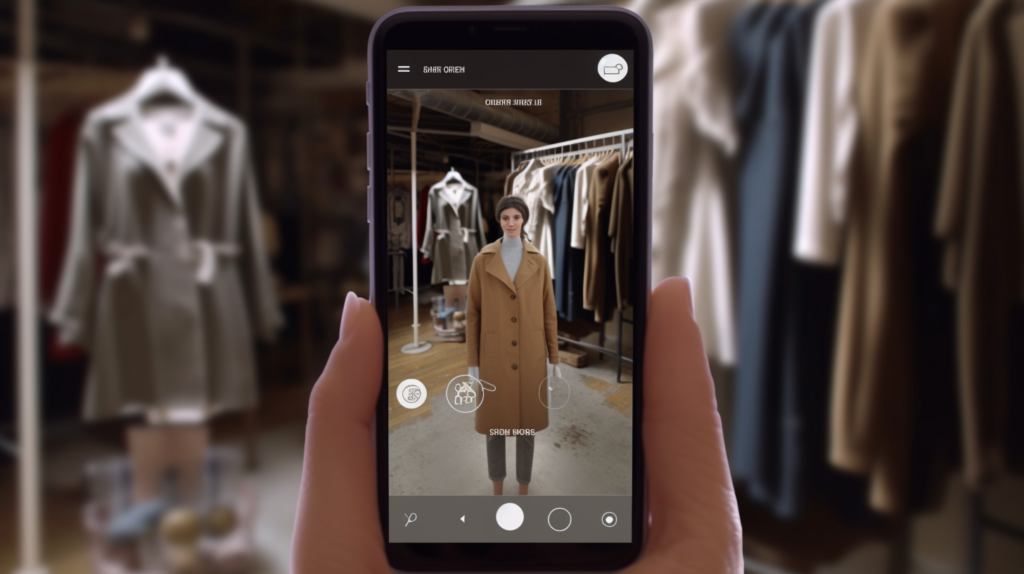
The Potential of Virtual Clothes in Reducing Fashion Waste
Virtual fashions have the potential to address several aspects of the fashion industry’s waste problem. One of the key benefits is the virtual try-on experience, which enables consumers to visualize how a garment would look and fit without actually owning it. This feature can reduce the need for physical production and minimize the number of returns due to poor fit.
Furthermore, virtual fashion can contribute to reducing overproduction and inventory waste. By embracing virtual fashion, brands can create items on demand, eliminating the need for excessive stock and reducing the risk of unsold inventory. This approach promotes a more sustainable and efficient production cycle, reducing waste and minimizing environmental impact.
Additionally, virtual fashion offers customization and personalization options. Users can tailor the design, color, and style of virtual garments to their liking, fostering a sense of individuality while minimizing the reliance on mass-produced items. This customization aspect encourages a shift towards a more sustainable and less wasteful fashion ecosystem.
The Challenges and Limitations of Virtual Clothes
While virtual fashions hold great promise, they also face certain challenges and limitations. Technological limitations, such as the need for high-quality 3D modeling and rendering, can impact the realism and believability of virtual garments. Advancements in technology are necessary to improve the fidelity and immersion of virtual clothing experiences.
Another challenge lies in the standardized sizing of virtual clothes. The lack of universally accepted size charts and measurements can lead to discrepancies between virtual garments and real-world sizes, potentially affecting the accuracy of the virtual try-on experience. Establishing standardized sizing guidelines specific to virtual fashion would enhance user satisfaction and reduce the chances of ill-fitting virtual garments.
Moreover, virtual fashion cannot replicate the tactile experience of real garments. The texture, weight, and feel of fabrics are integral to the overall fashion experience, and virtual clothes currently lack these sensory elements. While technological advancements like haptic feedback may help bridge this gap in the future, it remains a limitation for now.
The Role of Augmented Reality (AR) in Virtual Clothes
Augmented Reality (AR) plays a crucial role in enhancing the virtual fashion experience. By overlaying virtual garments onto real-time camera views, AR enables users to see themselves wearing virtual clothes in their physical surroundings. This technology provides a more immersive and interactive try-on experience, allowing users to evaluate the visual impact of virtual fashion in real-world contexts.
AR also has the potential to bridge the gap between virtual and physical clothes. It can be used to create seamless transitions between the virtual and physical realms, enabling users to seamlessly purchase and wear their favorite virtual garments in the physical world, thus combining the benefits of both realms.
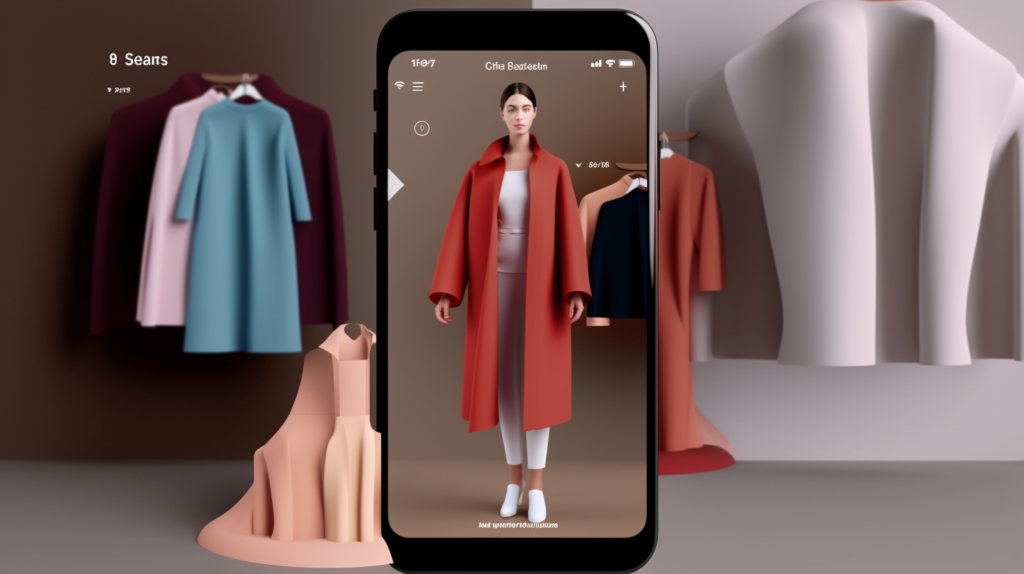
Fashion Brands Embracing Virtual Clothes
Several fashion brands have already started embracing virtual fashions as a means to reduce waste and engage with consumers in innovative ways. These early adopters and innovators are leveraging virtual fashion shows and digital collections to showcase their designs and gauge consumer interest. By prioritizing virtual fashion, these brands are pushing the boundaries of fashion and sustainability.
Consumer Perception and Adoption of Virtual Clothes
Consumer attitudes towards fashion are evolving, and sustainability is becoming an increasingly important factor in purchasing decisions. Virtual clothes align with the values of sustainability-conscious consumers, offering an eco-friendly alternative to traditional fashion consumption. As more consumers recognize the potential of virtual fashion to reduce waste and support sustainable practices, the adoption of virtual fashion is expected to increase.
The Future of Virtual Clothes and Sustainable Fashion
The future of virtual clothes holds immense potential for both the fashion industry and sustainable practices. Advancements in technology, such as improved 3D modeling, realistic rendering, and haptic feedback, will enhance the virtual fashion experience and make it more indistinguishable from physical garments. Collaboration between technology providers, fashion brands, and consumers will be vital in driving widespread adoption and standardization.
By embracing virtual fashion and sustainable practices, the fashion industry can take a significant step towards mitigating its environmental impact. Virtual fashion offers a viable solution to fashion’s waste problem by reducing overproduction, enabling customization, and providing a more immersive shopping experience.
Conclusion
Fashion’s waste problem has reached alarming levels, necessitating innovative solutions. Virtual clothes have emerged as a promising avenue to tackle this issue. By leveraging virtual try-on experiences, reducing overproduction, and enabling customization, virtual fashion offers a sustainable alternative to traditional fashion consumption. Although challenges exist, advancements in technology and shifting consumer attitudes indicate a brighter future for virtual fashion and the potential to reshape the fashion industry.

FAQs
1. Are virtual clothes real clothes?
Virtual clothes are digital garments that exist solely in the virtual realm. They are not physical garments but can be worn and showcased digitally.
2. Can virtual clothes be tried on?
Yes, it can be tried on using augmented reality (AR) technology. Users can see themselves wearing virtual garments through their device’s camera.
3. Can virtual clothes be purchased?
Currently, virtual clothes are primarily available for digital experiences and may not be directly purchasable. However, some brands are exploring ways to bridge the gap between virtual and physical clothing, allowing users to purchase and wear virtual clothes in the real world.
4. How do virtual clothes contribute to sustainability?
It helps reduce fashion waste by eliminating the need for physical production, reducing overproduction and unsold inventory. They also offer customization options, promoting individuality and reducing reliance on mass-produced items.
5. Will virtual clothes replace physical clothes in the future?
While virtual clothes hold promise, it is unlikely that they will completely replace physical clothes. The tactile experience and sensory aspects of real garments are still important to many individuals. However, it can coexist and complement physical fashion, offering sustainable alternatives and enhancing the overall fashion experience.









